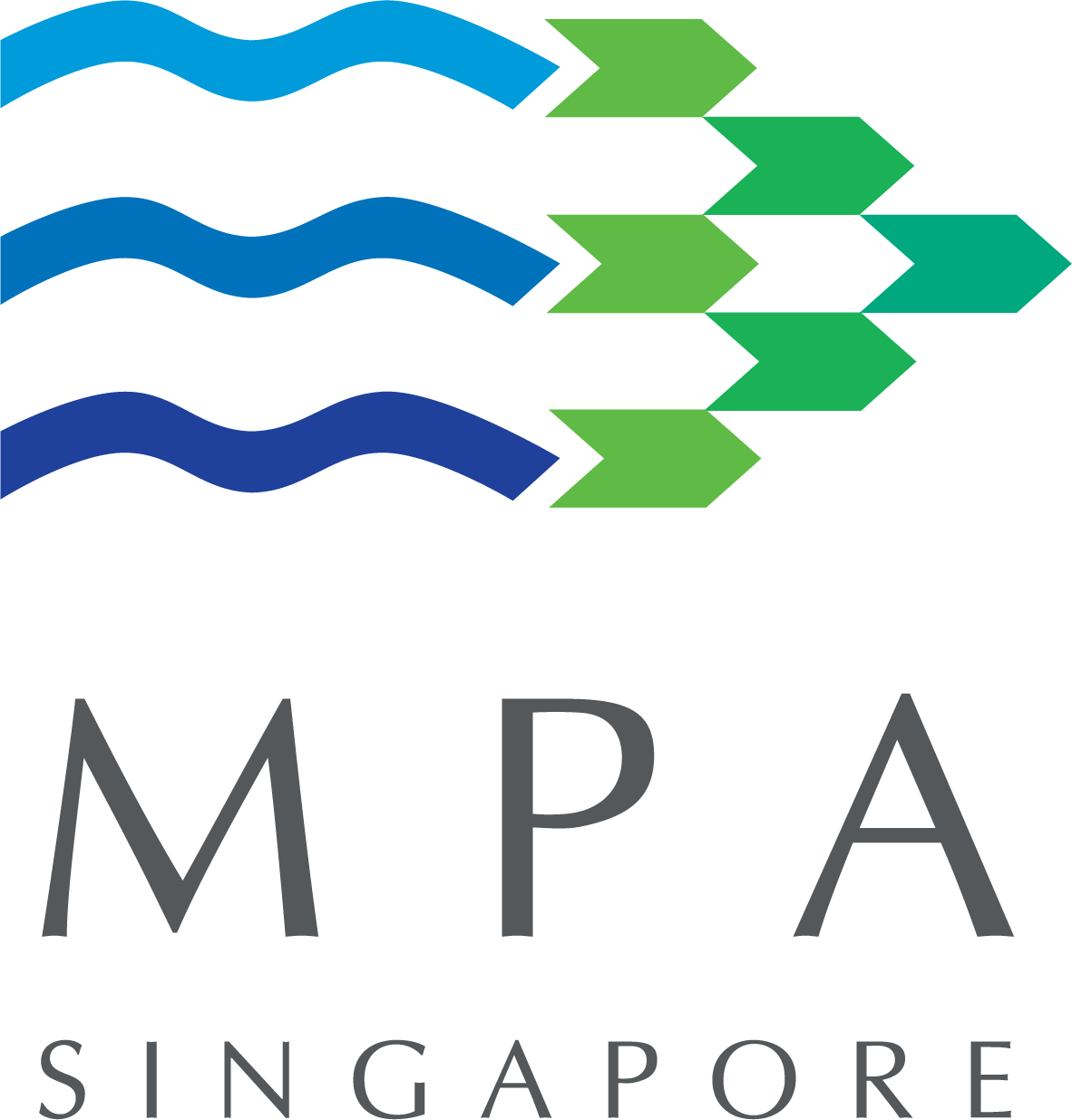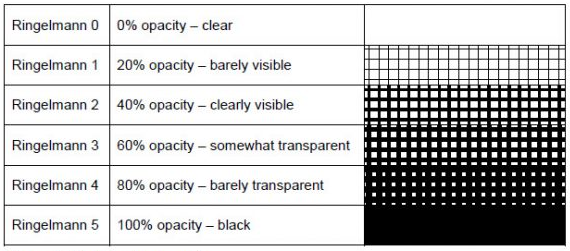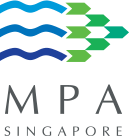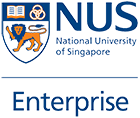Black Smoke Emission: How Can We Capture Dark Smoke Emission?
Smart Port
Ships emit black smoke due to incomplete combustion of fuel, which results in the release of small carbon particles harmful to human health and the environment. The quality of fuel used by ships, engine performance, and operational conditions affect black smoke emission. The International Maritime Organization has set a limit on the sulphur content of marine fuel to prevent black smoke emission due to high sulphur content. Proper engine maintenance, tuning, and optimizing operational conditions can significantly reduce black smoke emission, which is essential to protect human health and the environment.
Challenge
To capture dark smoke emission and assist a MPA officer in deciding if an infringement report is to be made for an offence under Port Regulations 66 – “No person may cause smoke, soot, ash or grit to be emitted from a vessel in such quantity or density as may, in the opinion of the Authority, be a nuisance.”
Current MARPOL requirement on smoke emission
The international standards on smoke emissions are based on Annex VI of the MARPOL regulations that addresses air pollution prevention requirements from ships. In 2019, MPA has released a guide for ships calling to the port, with information on prohibitions of sulphur content found in ship fuel.
MPA’s requirements on smoke emission
Regulation on smoke emission
Under Regulation 66 of Port Regulations, a port inspector will record the smoke emission for 15 minutes and compare the smoke colour against the Ringelmann chart to determine if exceeds Ringelmann 2 before raising an infringement report.
Measures taken by MPA
To curb the emissions of dark smoke, MPA has been taking a balanced approach by firstly educating the shipping community of the root causes and publishing guidelines to reduce emissions. Enforcement actions will be taken for offences.
Challenges
– Limitations of CCTV cameras. CCTV cameras are unable to identify the vessel which may be blocked by other vessels along the line of sight or is anchored/moving in front of a larger ship with a darker hull or superstructure fitting.
– Monitoring of black smoke emission during night hours. Currently, enforcement of black smoke emission is limited to daylight hours only due to visibility issues at night.
– Poor weather conditions:
a) Rain/haze etc – Poor visibility and smoke dissipation affects the accuracy of the shades.
b) Cloudy skies – A reduction in colour contrast due to dark clouds in the background poses challenges in shade identification.
Desired Outcome
Solutions should ideally:
– Identify and correlate the vessel emitting black smoke with its AIS information
– Provide an accurate assessment on the shade of the black smoke based on the Ringelmann Chart (see below)
– Capture and manage evidence, including video clips of the vessel during emission
– Incorporate a system prompt with an evaluation made based on the default criteria and evidence, so that officers can decide if an infringement report is to be made.
– Alert officers when a vessel is emitting black smoke
Stakeholders
– Marine Environment and Safety Department
◦ Maritime Safety Control Centre (MSCC)
◦ Port Inspectors onboard Patrol Craft
◦ Marine Managers
Current Enforcement Procedure
Upon notification of a report with sighting of dark smoke emission, a patrol craft will be deployed. The patrol craft will monitor the subject vessel for 15 minutes and take images and videos of the emission. The patrol craft will determine if an offence has been made and communicate with the Master of the vessel onboard to raise an infringement report.
Your Journey to Smart Port Challenge Finals.
Start-ups submit their proposals to the innovation opportunities available.
The proposals go through a rigorous evaluation by a panel of maritime, technology and entrepreneurial experts.
Shortlisted finalists will be invited to enroll into PIER71TM Accelerate, an exclusive six-week market validation and customer discovery programme backed by world-class entrepreneurship education from NUS Enterprise and specifically curated for the maritime industry.
This culminates in the Grand Final where top teams get the opportunity to pitch in front of judges, corporates, investors and the maritime community to secure the top prizes of the Challenge.
Call for Proposals for this Innovation Opportunity is now closed.




